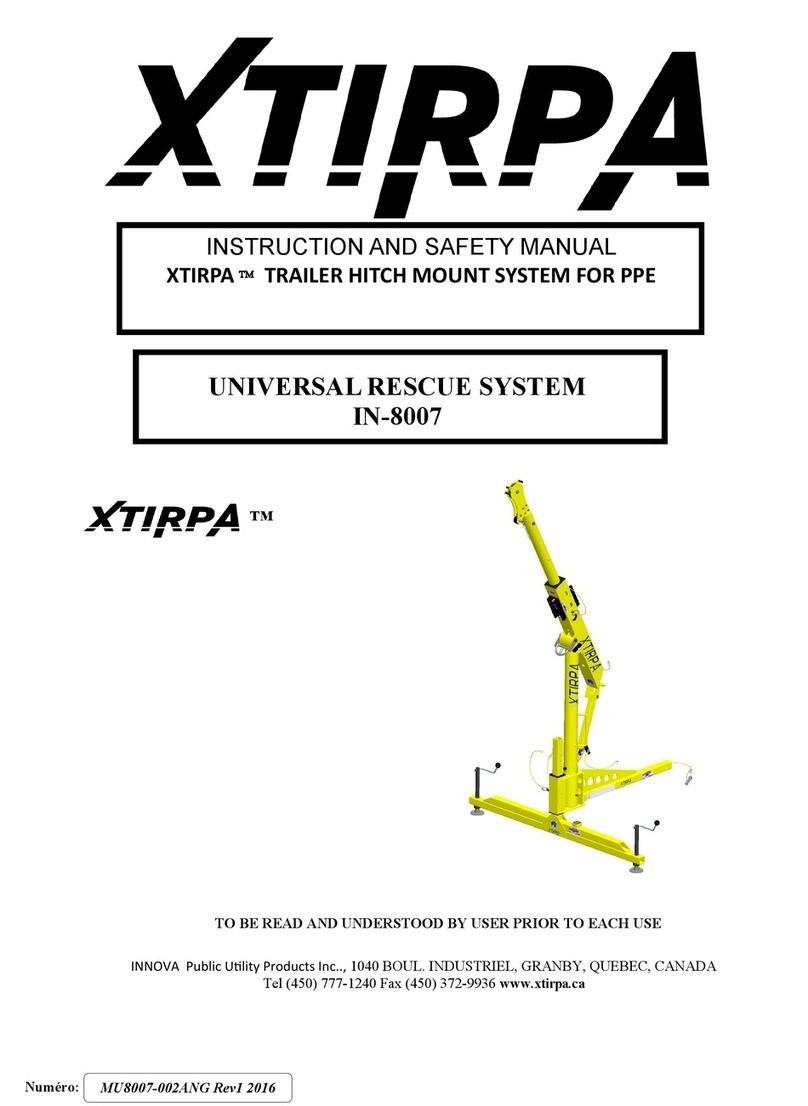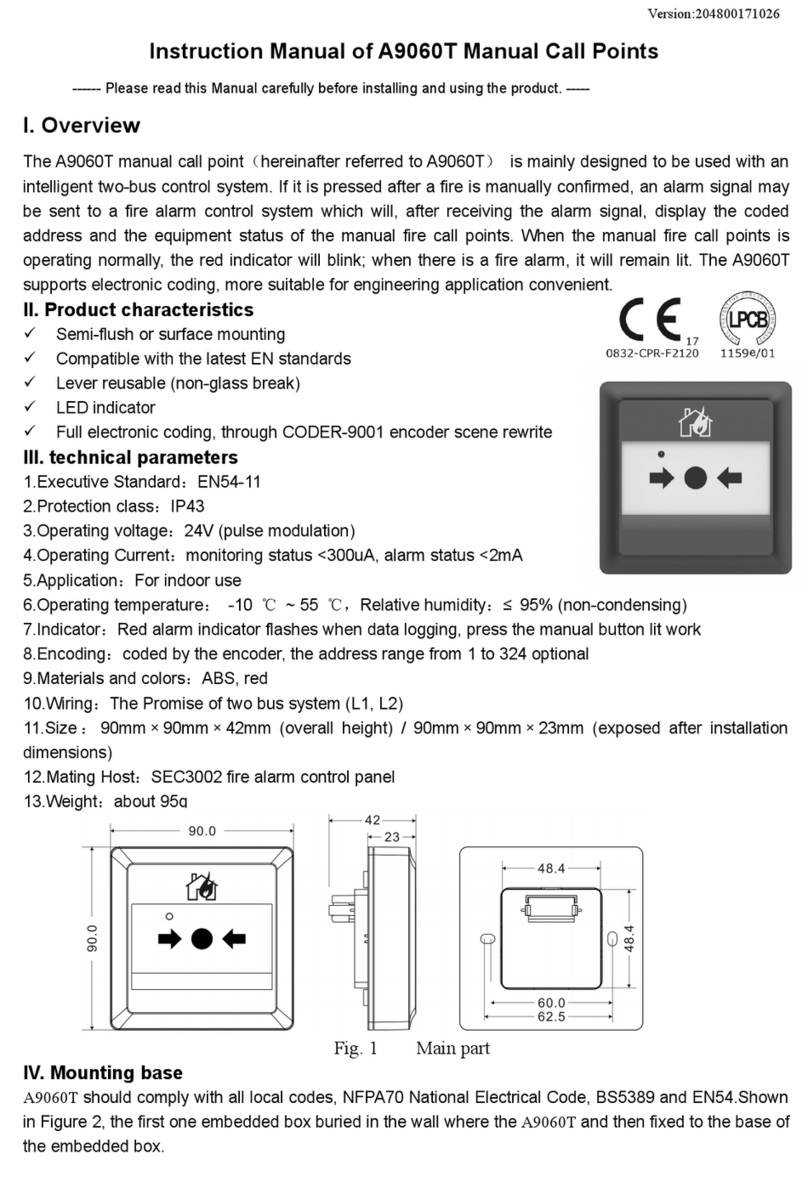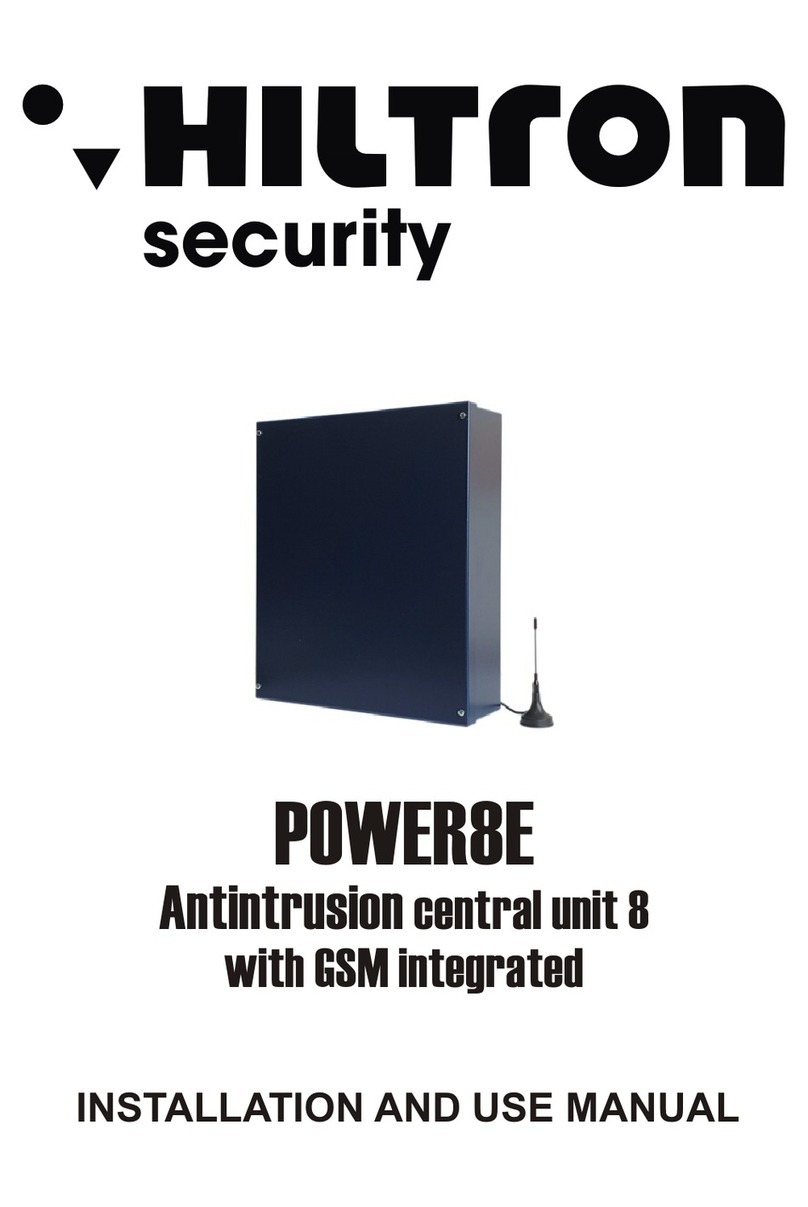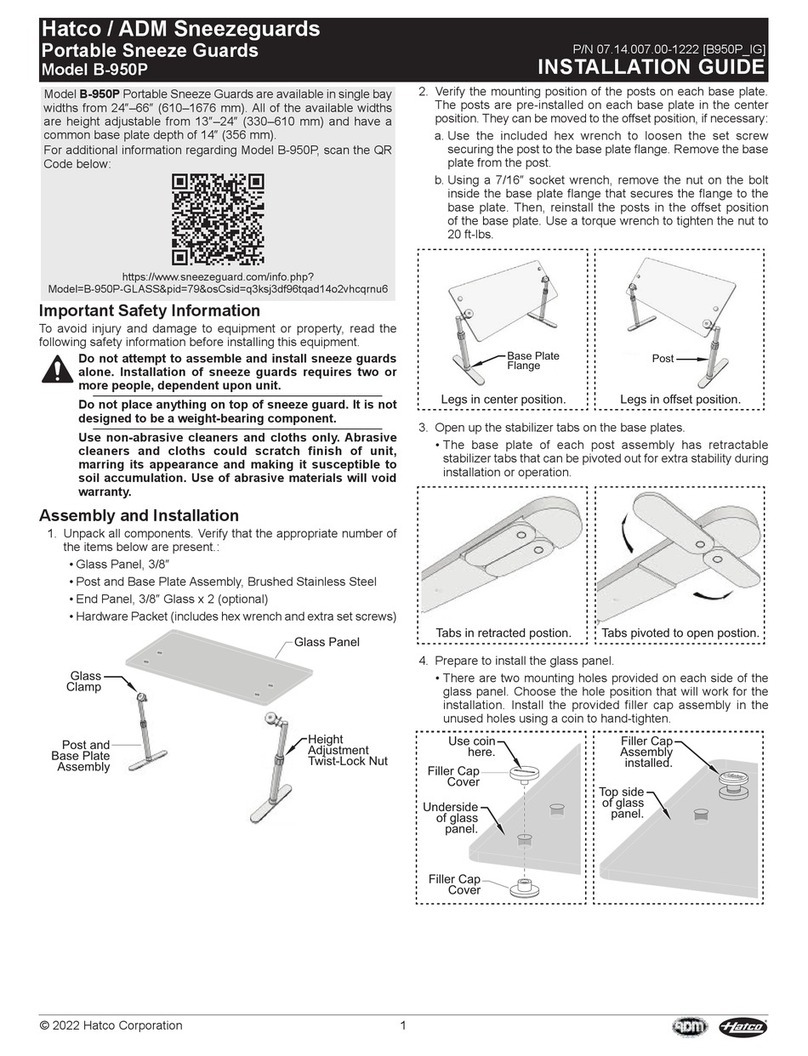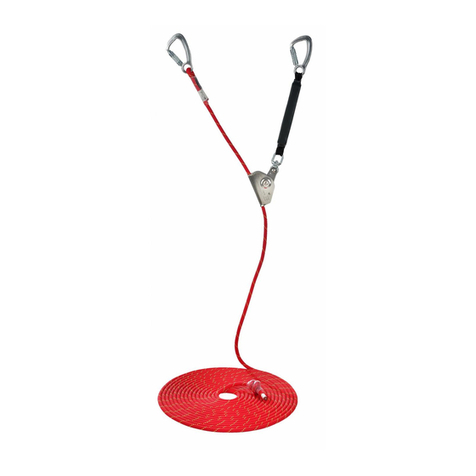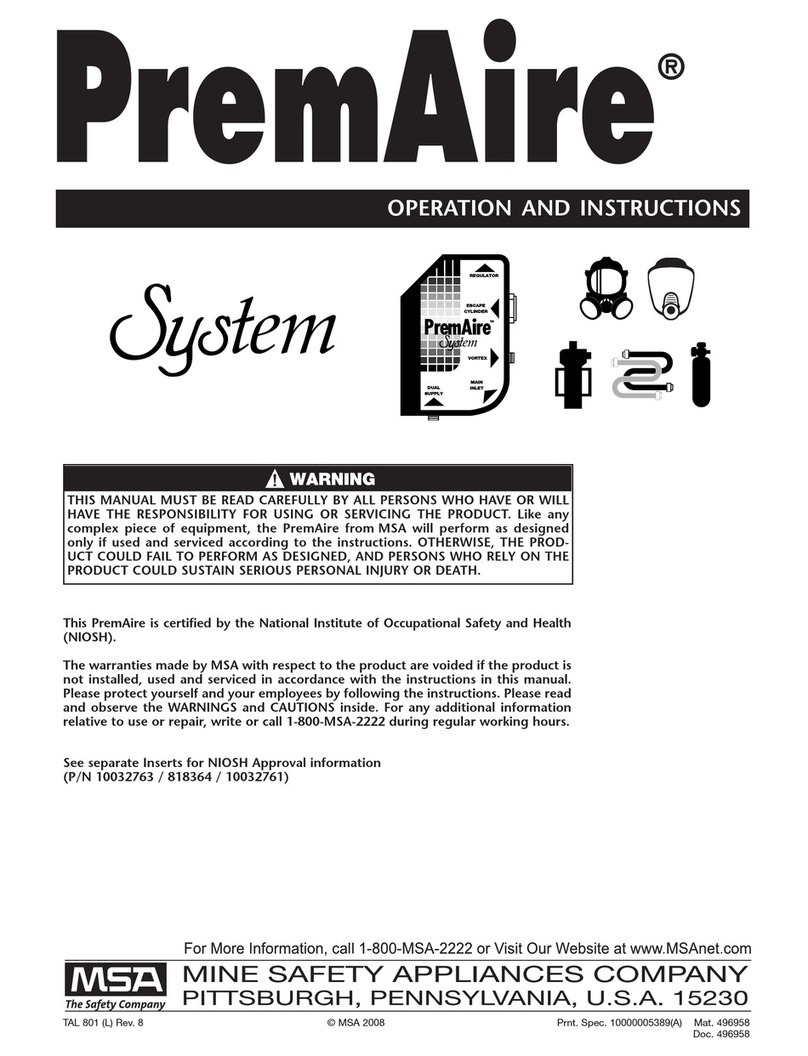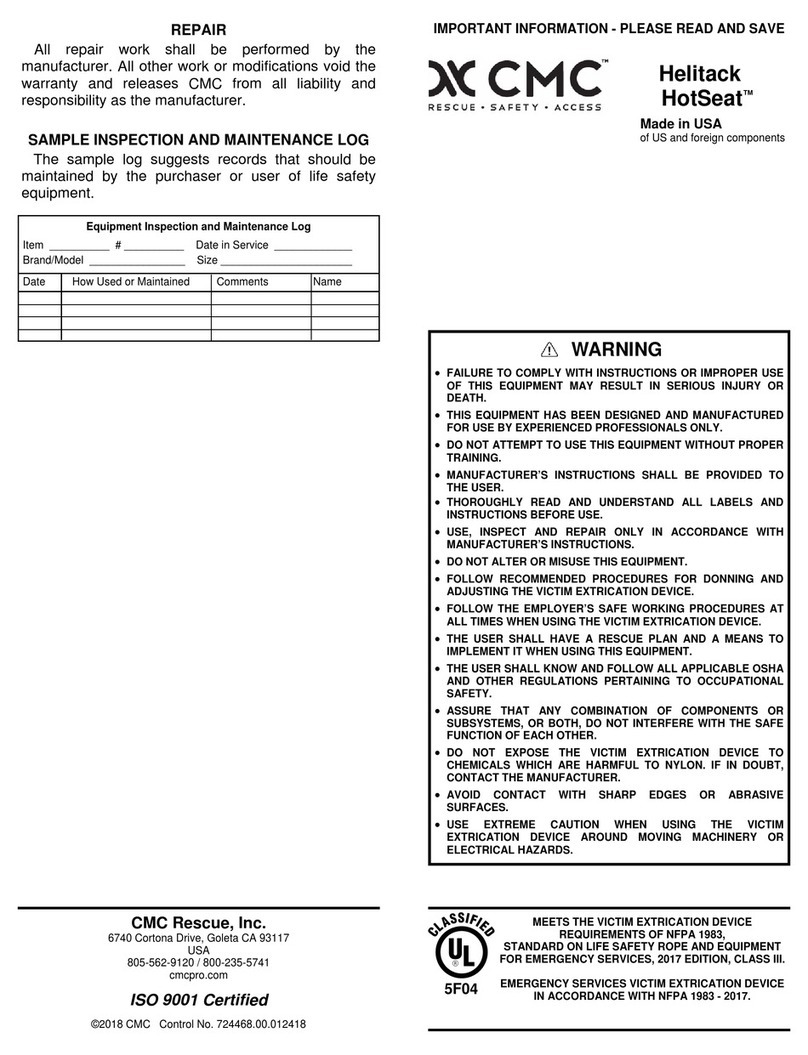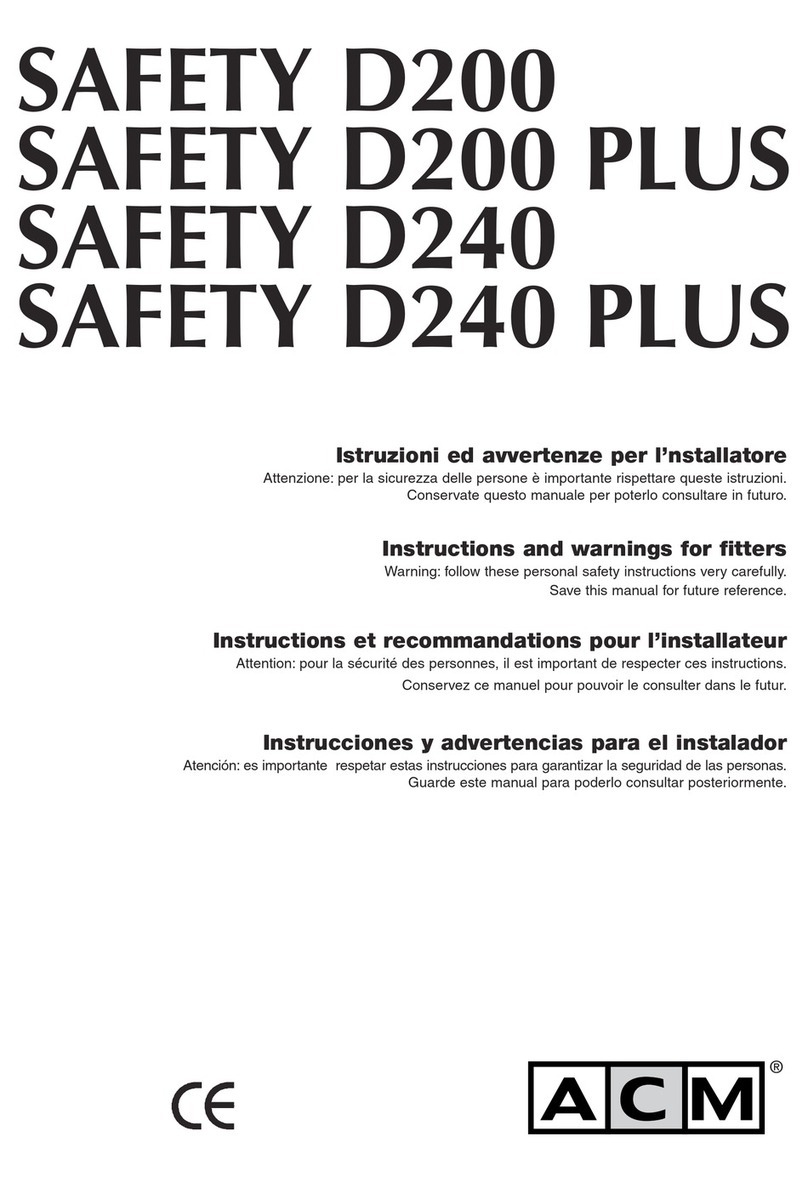Table of Contents
1About this instruction .............................................................................................4
1.1 Scope .....................................................................................................................................................4
1.2 Document conventions........................................................................................................................4
2The VCM-3 Homepage.............................................................................................5
2.1 Introduction...........................................................................................................................................5
2.2 Login and default IP address...............................................................................................................5
2.3 The Operational Status page...............................................................................................................7
2.4 Commissioning –Configuration .........................................................................................................8
2.5 Commissioning –Services..................................................................................................................9
2.6 Commissioning –Oscilloscope ........................................................................................................10
2.7 Commissioning –Report ...................................................................................................................11
2.8 Commissioning –Monitoring Template ...........................................................................................12
2.9 Data –View Descriptor Data..............................................................................................................13
2.10 Data –View Array Data.......................................................................................................................14
2.11 Data –Time Waveform Recording ....................................................................................................15
2.12 Data –One Shot Trigger.....................................................................................................................16
2.13 VCM-3 –Firmware Update .................................................................................................................18
2.14 VCM-3 –User Management................................................................................................................18
2.15 VCM-3 –Log Files...............................................................................................................................20
2.16 VCM-3 –Application Setup................................................................................................................21
2.17 VCM-3 –Reboot ..................................................................................................................................22
2.18 Information ..........................................................................................................................................23
3Appendix 1: Changing laptop network connection............................................25
4Appendix 2: Notation for IP address ranges.......................................................27
5Appendix 3: External storage media for VCM-3..................................................28
5.1 Formatting ...........................................................................................................................................28
5.2 Type of SD-card ..................................................................................................................................28
5.3 Type of USB Storage..........................................................................................................................28





